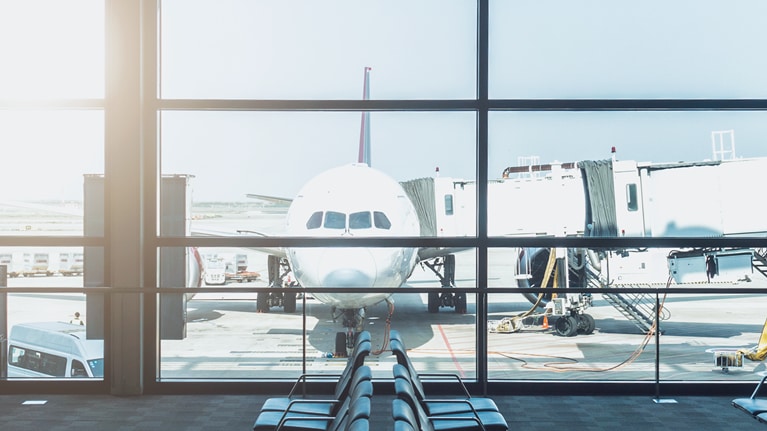Although the travel industry is no stranger to hardship and has been seriously damaged by the pandemic, we have already seen strong leadership actions that are keeping companies and their people above water while remaining focused on long-term growth. Many players have acted quickly to retain customer goodwill, tap into new sources of liquidity, and work effectively with unions to agree on voluntary redundancy programs. We have also seen innovation and a focus on customer experience. These examples illustrate the travel industry's strength that will help it chart a way forward through these challenging times.
Key insights of the report
To see how the industry has been affected by COVID-19 and how it might thrive in the future, we have synthesized ongoing Skift and McKinsey analyses and interviewed travel executives and major corporate-travel buyers. In so doing, we observed five, perhaps counterintuitive, themes:
- We see signs of latent demand for travel. Customers are interested in traveling again when restrictions lift, even willing to do so before a vaccine is available at scale. China—which, as of the time of writing, has effectively controlled the spread of the virus—is seeing both the leisure and business travel segments recover domestically. And led by Germany, Europe shows encouraging first signs of recovering travel demand. Other geographies, including the United States, have not yet effectively controlled the spread of the virus; even so, we see a considerable increase in searches and advance bookings.
- Travelers are keen to travel but feel restrained. Indeed, due to necessary public-health measures and safety precautions—such as quarantines, closures, and other restrictions—the leisure space may be curbed by the inability to do anything meaningful at a destination. Similarly, many business travelers who are ready to fly again may be limited by corporate travel policies and companies’ understandable focus on duty-of-care obligations to employees.
- The working-from-anywhere trend could permanently blur the lines between leisure and business travel. Digital nomads and “bleisure” travel predate COVID-19. However, the pandemic and the rise of remote work seem to accelerate growth of these travel segments. Players across the travel value chain—including destinations, corporate travel managers and hotels —need to think through key implications.
- Nonprice factors have become more important to customers. The industry needs to cover other terrain before “demand stimulating” its way out of the crisis and instead restore traveler confidence. The travel industry is only as strong as its weakest link, so customers need to be comfortable with all touchpoints in their journeys.
- Self-reported sentiments may not accurately reflect preferences or behavior, despite being easy to gather, and especially in the depth of a crisis. For this reason, travel companies cannot rely only on stated preferences; they need to improve the way they keep a pulse on travelers’ actions through leading indicators.
Grow your way out of the crisis: Four actions for travel companies
This report culminates with a set of four critical actions for travel companies to take, regardless of sector. With these four actions, we believe, travel companies can emerge from this period not just intact, but better than before.
- First, travel companies should seek to understand their customers as microsegments, not monoliths. Travel is, after all, deeply personal.
- Second, travel companies should widen their view of what constitutes the customer journey and design the next set of thoughtful customer-experience interventions.
- Third, companies should design new—perhaps unconventional partnerships—that restore travelers’ confidence and set this global, fragmented, capital-intensive industry on track to financial sustainability.
- Lastly, travel companies should seize this reset moment to embrace and preserve their crisis-induced agility and nimbleness for the long trip ahead.
While the coming months bring with it a lot of uncertainty, opportunities remain for those who can make sense of the noise and seize the reset moment accordingly. Whatever your interest in the industry—from investor to concerned travel enthusiast—our collective findings tell all you need to know about the state of travel: the roadblock it hit and how players can find their way to recovery.
Download the full report, The travel industry turned upside down: Insights, analysis, and actions for travel executives (PDF–6.4 MB).


